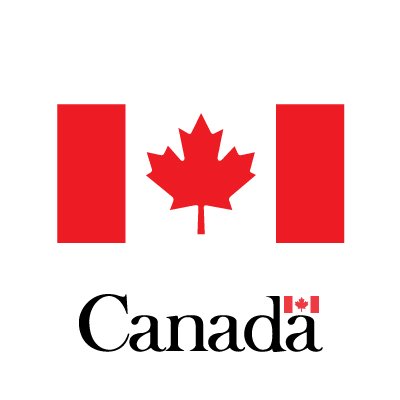Immigration
New report calls for raising Canada’s immigration rate

Increasing Canada’s immigration rate to one per cent of its total population beginning in 2030 would help offset the challenges caused by an aging population and contribute to economic growth, a new report by the Conference Board of Canada argues.(Photo: Environment Canada/Twitter)
Raising admissions to 415,000 by 2030 would off-set aging population and spur economy, Conference Board of Canada says
Increasing Canada’s immigration rate to one per cent of its total population beginning in 2030 would help offset the challenges caused by an aging population and contribute to economic growth, a new report by the Conference Board of Canada argues.
The increase would represent 415,000 new admissions to Canada, whose population would be pushing 42 million people in 2030.
“Based on current demographic trends, increasing the immigration rate to one per cent by the early 2030s will allow Canada to replicate its population growth rate of recent decades (one per cent) and support modest labour market and economic growth over the long term,” say the report’s authors, Kareem El-Assal and Daniel Fields of the Conference Board’s National Immigration Centre.
Last November, Canada’s federal government announced a new multi-year immigration levels plan that will see admissions ramp up to 340,000 across all immigration programs by 2020 — an immigration rate of 0.9 per cent. The admissions target for 2018 is set at 310,000, or a rate of 0.84 per cent.
Report looks at no immigration vs 1%
The new report echoes calls by the Government of Canada, provincial governments, economists and business leaders across the country for increased immigration to counter labour shortages produced by Canada’s aging population.
The Conference Board report makes the case for this increase to one per cent by contrasting it with a fiscal snapshot of Canada in the 2030s if all immigration to the country was stopped — an “implausible” scenario, the authors acknowledge, but one that puts their modest raise into perspective.
Without immigration, Canada’s labour force would shrink, slowing the estimated average annual real GDP growth rate to 1.3 per cent by 2040 and more than likely forcing tax rates to increase as the number of taxpayers declined.
Fewer taxpayers could also affect living standards and threaten the ability of Canada and its provinces to cover the cost of vital public services for aging Canadians, notably health care.
Immigration already plays a vital economic role in Canada, accounting for almost all labour force growth and nearly three-quarters of its annual population growth, the report notes. The Conference Board of Canada has already projected that immigration will account for 100 per cent of Canada’s annual population growth by 2034, when natural population increase (births minus deaths) is expected to drop below zero.
The authors estimate that an immigration rate of one per cent by 2030 will contribute one-third of Canada’s projected average annual real GDP growth rate of 1.9 per cent that year.

Government action required
The report warns, however, that there is a potential downside to such an increase if Canada does not take corresponding steps to improve the labour market outcomes of immigrants.
To address this issue, it offers three recommendations for Canadian policymakers:
- Improve labour market integration so immigrants can better contribute to Canada’s economic and fiscal fortunes.
- Identify ways to grow Canada’s economy so Canadian-born and immigrant workers alike can access good job opportunities and the necessities that contribute to Canada’s high living standards, including social services like education, health care, affordable housing.
- Ensure public support for immigration through strong border management, maintaining the integrity of Canada’s immigration and temporary resident programs, and promoting “safe spaces for open debate on the merits and drawbacks of immigration.”
Improving the outcomes of newcomers arriving through Family Class sponsorships by removing labour market barriers is also critical, the authors argue.
“Low earnings and the prevalence of chronic low income among the family class are issues of concern that need to be addressed to help boost the living standards of immigrant families, and to help Canada benefit from their human capital in the labour market as it becomes more dependent on immigrant support for its economic growth,” they write.
Also required is a fundamental shift in the way the outcomes of family class immigrants are assessed, one that would put the focus on household incomes instead of individual income.
Many newcomers who are sponsored through the family class, including parents and grandparents, contribute to the household income and provide child care, which allows a bread winner to work longer hours.
“This is a key consideration as Canada continues to evaluate the distribution of its immigrant composition in the years and decades to come,” the authors write. “While Canada has prioritized economic class admissions since the mid-1990s, family class admissions should also be viewed as part of economic development policy.
“Immigrant families are faring well in relation to Canadian-born families in important economic metrics such as household income and homeownership. Immigrant families bring other benefits as well, such as boosting immigrant retention rates, important to population growth in Atlantic Canada, and to all other provinces as well.”
CanadaVisa.com is a proud sponsor of the Conference Board’s 4th annual Canadian Immigration Summit.
Register for the Canadian Immigration Summit 2018.
© 2018 CICNews All Rights Reserved





















